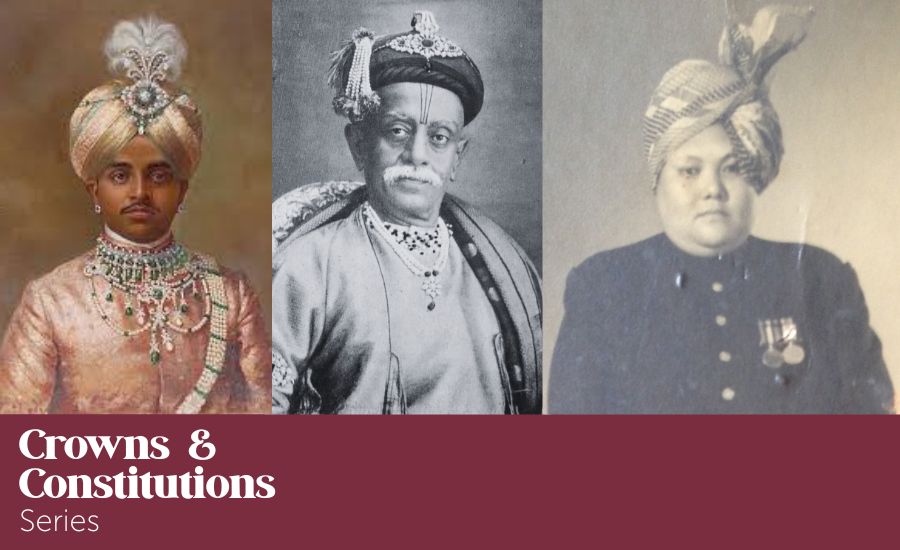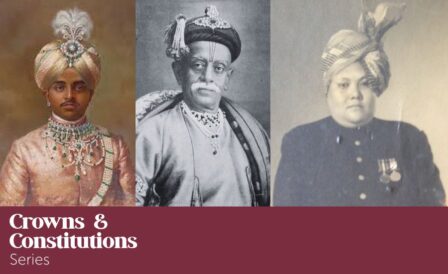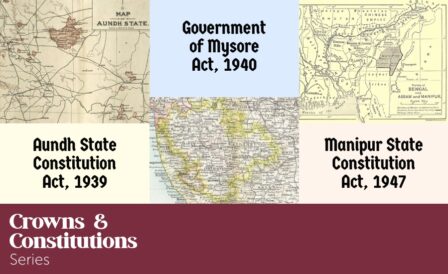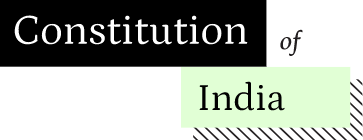
In the final decade of colonial rule, India’s princely states — partly sovereign regions governed by monarchs under the British Crown’s paramountcy — faced a profound constitutional reckoning. Spurred by the movement for independence and parallel demands for self-governance within their own territories, some of these states set out to draft constitutions that addressed the changing political landscape. Among them, the constitutions of Aundh, Manipur, and Mysore grappled with the question of royal power in markedly different ways. Did these new frameworks genuinely limit the monarchs’ constitutional authority, or did they simply dress up old royal prerogatives in contemporary constitutional language?
Mysore’s 1940 constitution, formally known as the Government of Mysore Act, 1940, was a document deeply rooted in continuity. Its preamble declared an intent to “consolidate and amend” the existing laws pertaining to the princely state’s governance, and thus signalled the absence of a break from the past. This was a constitution born of the Maharaja’s own will, enacted in his name, and designed to entrench his authority. Section 47 of the Act stands as a testament to this royal prerogative: it explicitly recognised the Maharaja’s right to promulgate “Acts, Proclamations and Orders” at his discretion, including by bypassing the legislative bodies established under the Act. Thus, this section effectively placed the constitution’s provisions beneath the Maharaja’s supreme will. Further, section 47 claimed to merely acknowledge a power that had “always been possessed and retained” by the Maharaja. Thus, in Mysore, the 1940 constitution codified the monarch’s constitutional authority rather than constraining it.
In contrast, the Manipur State Constitution Act, 1947 presented a more nuanced picture. The Act’s preamble was modest, describing the Act simply as a “law for the governance of the Manipur State” — without any overt reference to past models of governance. Yet, the Maharajah of Manipur remained the constitutional linchpin. The 1947 constitution recognised that the monarch had enacted it, out of expediency. Further, it acknowledged that the monarch possessed “All right, authority and jurisdiction” over governing the state’s territories, as the constitutional figure who was vested with these territories. However, the constitution also circumscribed these powers within the constitutionally defined limits. Unlike in Mysore, where the monarch could override the 1940 constitution, Manipur’s Maharajah was expected to govern in accordance with the 1947 Act’s provisions. The balance here was delicate: the Maharajah retained primacy in governance, but his constitutional authority was now tethered to a legal order that constrained his rule.
Then there was Aundh, the 1939 constitution of which marked a radical departure from the erstwhile model of princely governance. The preamble of the Aundh State Constitution Act I of 1939 referred to a proclamation by the Rajasaheb of Aundh in which he had expressed his “intention to grant full self government to his subjects.” Yet, the language of the constitutional text evolved quickly — ‘subjects’ became the ‘people of Aundh’ and ‘citizens’,1 and the constitution was enacted by the state Assembly rather than the monarch by himself. In turn, this shift in terminology signalled a profound reimagining of constitutional authority. In Manipur, the Maharajah enjoyed all-encompassing powers of governance within the constitutional limitations; in Aundh, the Rajasaheb could take such measures only to the extent specified under the Aundh Act, or in contexts where it was silent, as directed by the ‘Legislature’. The State Legislature comprised both the Rajasaheb and the Legislative Assembly, and thus embodied a shared model of governance with the Assembly enjoying considerable autonomy. Thus, in Aundh, the monarch’s powers were not abolished, but were carefully channelled through constitutional mechanisms which privileged collective decision-making over royal fiat.
What emerges from these three constitutional experiments is a spectrum of monarchical power that persisted despite the introduction of new constitutions. Mysore’s constitution reaffirmed the Maharaja’s near-absolute authority, cloaked in the legitimacy of law. Manipur’s constitution struck a middle path, recognising the monarch’s primacy while introducing constitutional limits. In contrast, Aundh’s constitution boldly redefined the relationship between the ruler and the ruled, and placed the monarch within a framework of shared governance and citizen participation. The three Constitutions referred to in this piece illuminate the enduring tensions between the old and the new, and authority and accountability, that continue to shape constitutional monarchies worldwide.
- Interestingly, the phrase ‘people of Aundh’ was deployed in provisions relating to the Government’s duty to ensure access to education, and the Rajasaheb’s ‘special’ powers as the “FIRST SERVANT AND THE BEARER OF CONSCIENCE” of Aundh’s people. In contrast, the term ‘citizen’ was used in provisions relating to the freedoms guaranteed to citizens, and eligibility to be elected to the Legislative Assembly. [↩]
More blog posts

Who Could Make Laws Under the Constitutions of Princely States?
08 April 2025 • By Saumya Singh
In the first piece of our Crowns and Constitutions series, we explore whether princely state constitutions were genuine vehicles of reform—particularly in expanding the powers of representative assemblies.

Did Princely States Have Constitutional Rights?
15 April 2025 • By Saumya Singh
The previous post in the Crowns & Constitutions series examined who held legislative power, and the scope of that power, under the constitutions of the princely states of Aundh, Manipur, and Mysore. Continuing the series, this post turns to the question of rights.
